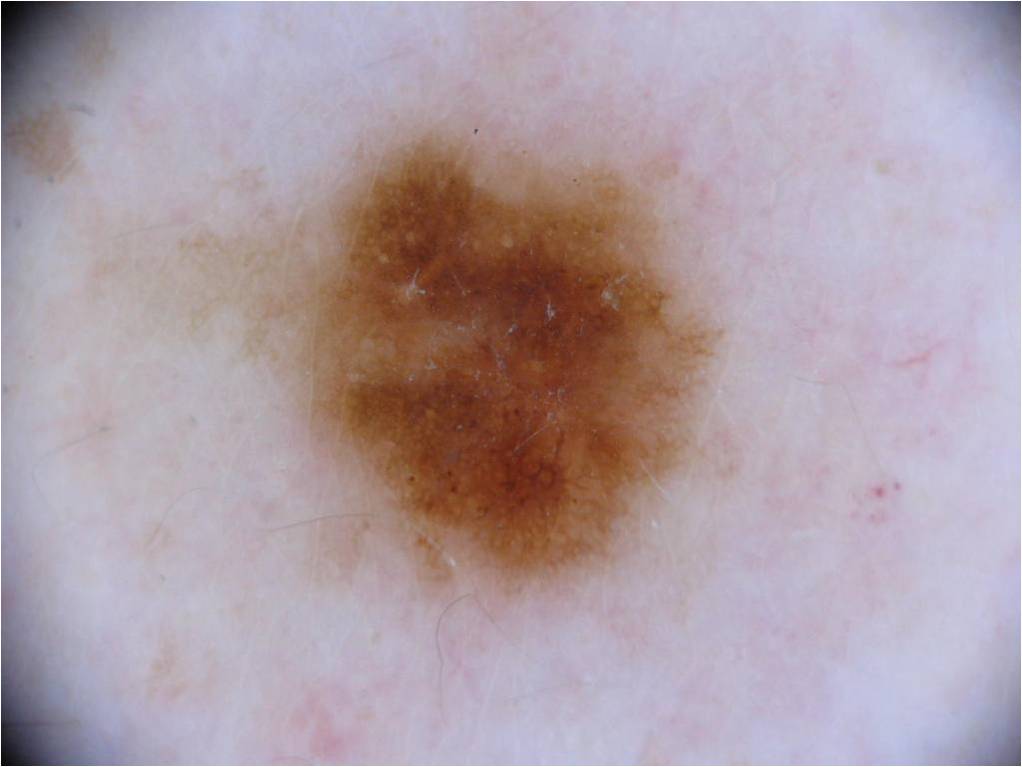Example Images:
Melanoma Image:

Nevus Image:

This project is trying to create a melanoma skin cancer classifier.
Among the different types of skin cancer, melanoma is the one with the highest death rate. Therefore, the early detection of melanoma and the development of technologies that can assist in this task have become significantly important. Convolutional neural networks are one of the most popular skin cancer classification methods, however, most of the available skin cancer datasets include a large number of images containing hair or hard to differentiate lesions from the skin, making it hard to distinguish lesion features. Therefore, utilizing segmentation to extract the lesion location is an important step to reduce hair noise and improve lesion analysis. In this paper, two combining methods for segmentation and classification are explored: concatenation and multiplication. By utilizing these methods it was possible to improve the accuracy of different neural network architectures by around 1% when compared to unmodified models without segmentation. The best-performing model was selected for further training. This model in conjunction with the segmentation module allowed for the correct re-classification of around 10% of the total examples in the dataset, indicating that a segmentation phase leads to an overall accuracy improvement and suggests that by improving the segmentation an improvement on the overall accuracy can be obtained.

